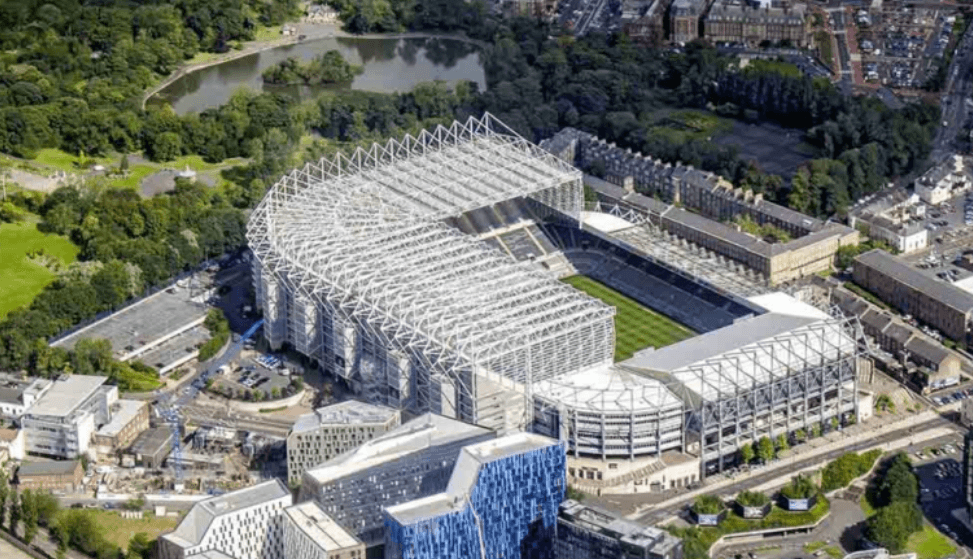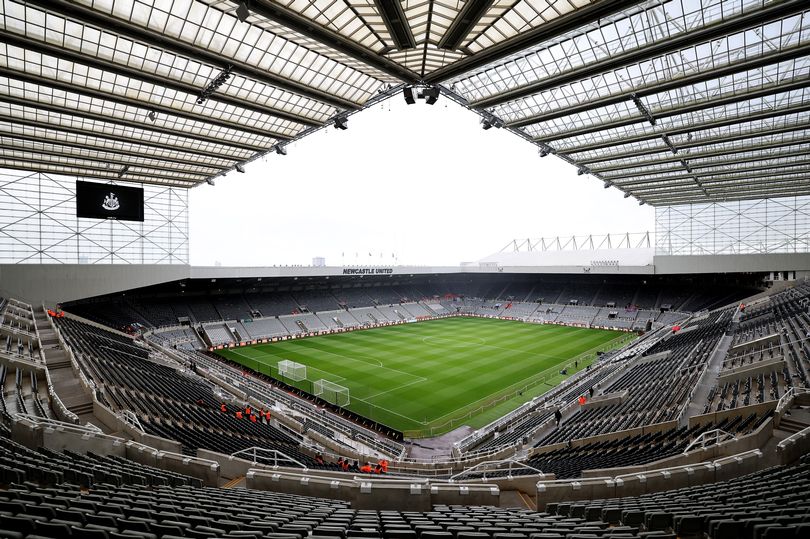Newcastle United stands at a historic crossroads as the club’s ownership prepares to make a defining decision about the future of its hallowed ground. The debate surrounding St James’ Park – whether to expand the existing stadium or construct a dazzling new arena in neighboring Leazes Park – has ignited passionate discussions across Tyneside, revealing deep divisions among the Magpies faithful about how to honor the past while embracing the future.
Recent developments suggest the Saudi-backed ownership group leans toward a bold new construction project. During chairman Yasir Al-Rumayyan’s February visit, club executives presented visionary plans for a 65,000-seat stadium featuring a cutting-edge “bubble-wrap-type” exterior reminiscent of Bayern Munich’s Allianz Arena.
The promotional materials reportedly showcased how a state-of-the-art venue could occupy Leazes Park while preserving the club’s city-center identity and allowing uninterrupted use of the current ground during construction.
This potential move has polarized supporters, particularly following the staggering turnout of 300,000 fans during February’s Carabao Cup victory parade.
Many argue the proposed capacity fails to match the club’s enormous potential support base. “65 thousand is a joke considering the turn out on Saturday,” remarked fan Damon Blight, echoing widespread sentiment that Newcastle could regularly fill an 85,000-seat venue.

Others like Danny Campbell advocate for simpler Gallowgate End expansion: “Just build up on the Gallowgate end and add 10k – we all know what our crowds were like back in the late 70s.”
The feasibility of expansion versus new construction presents complex challenges. St James’ Park’s urban setting imposes physical constraints, with the Gallowgate End’s proximity to listed buildings and railway lines complicating any major redevelopment.
Yet the emotional attachment to English football’s most iconic city-center stadium runs deep. “Extension of SJP” pleads supporter Chris Richardson, capturing the nostalgic resistance to abandoning a ground that has witnessed over a century of Magpies history.
Practical voices suggest compromise solutions. Steve Meikle proposes a “Stadium that can be expanded through time,” while Mohammad Ayaz Khan humorously imagines “an adjustable stadium that reduces and expands based on demand.”
These comments reflect the fanbase’s desire for visionary thinking that balances ambition with practicality.
As the decision deadline approaches, several critical factors emerge:
- Capacity Concerns: The proposed 65,000 seats appear conservative given recent demonstrations of support
- Architectural Ambition: The Allianz Arena-inspired design signals global aspirations
- Location Benefits: Leazes Park maintains the cherished city-center atmosphere
- Construction Logistics: New build allows uninterrupted matchday operations
- Financial Considerations: Long-term value versus short-term expenditure
The protracted decision-making process has tried supporters’ patience. “This is taking longer than building the pyramids,” quips John Rochford, while Paul Chollerton notes wryly, “It’s taking longer to make the announcement than it will to build the thing.”
Yet the significance of this choice demands careful deliberation – this isn’t just about concrete and steel, but about defining Newcastle United’s identity for generations to come.
Whether the club ultimately chooses renovation or revolution, one truth remains undeniable: the black-and-white faithful will continue packing whichever version of St James’ Park emerges from these plans.
As supporter John Jennings succinctly puts it: “Give us the team and they will be there in their thousands.” The stadium debate ultimately serves as proxy for larger questions about ambition, tradition, and how a sleeping giant awakens without losing its soul.

